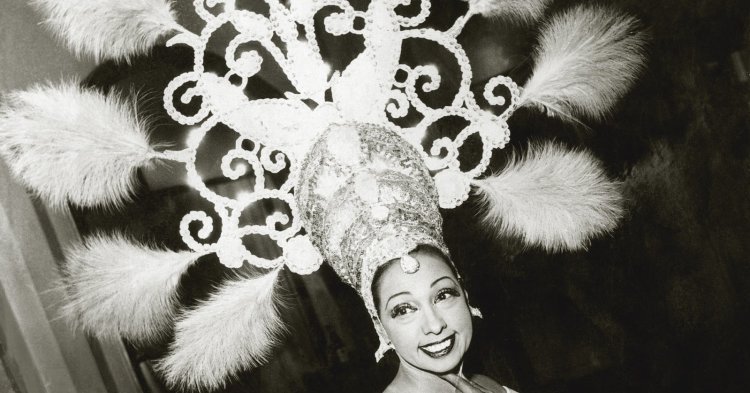June is Pride month, providing an opportunity for the LGBTQ+ community to celebrate their identities and commemorate the impact that the community has had on society. At this intersection of race, gender identity, and sexual orientation, the role of Black LGBTQ+ activists has been hugely influential in the advancement of social rights. For Pride 2021, this article discusses the ways in which Black history and LGBTQ+ history are intertwined.
The link between Black and LGBTQ+ history
Black activists have played a huge role in LGBTQ+ history. For example, the 1969 Stonewall Riots in New York were led by LGBTQ+ people of colour, particularly transgender women. Of these women, Marsha P. Johnson is known for her bravery in standing up to police brutality, and her nurturing influence over the members of her community. Another example is Miss Major Griffin-Gracy, who also participated in the Stonewall Riots and advocated for legal justice for transgender women of colour. Stormé DeLarverie, a lesbian drag king of colour, was known for ‘throwing the first punch at Stonewall’.
The presence of the LGBTQ+ community is obvious throughout various cultural movements, but has often been ignored by history. The Harlem and Chicago Renaissances of the 1920s-30s were led by Black artists, musicians, writers, and activists who brought African-American culture into the spotlight at a time when it was marginalised. The LGBTQ+ community were active participants of these movements: the poet Langston Hughes is widely acknowledged to have been a gay man, and while his works are now well-known, his sexuality is often left unmentioned. Gladys Bentley, a blues singer during the Harlem Renaissance, has been described as ‘Harlem’s most famous lesbian’. The famous Josephine Baker was a Queer African-American dancer who worked in Paris, and achieved cultural recognition despite her race and sexuality. These figures are extremely important to both Black and LGBTQ+ history, as they managed to gain recognition in a society that wanted to keep them invisible. This is proven by the fact that normative social history has often focused on the advancements of one social group at a time: in the case of the Harlem and Chicago Renaissances, this means that often the sexuality of its key members has been ignored due to historical prejudice.
The popularity of RuPaul’s Drag Race, which now has a UK and Canadian version as well as the original American series, has made significant steps into bringing LGBTQ+ culture into the mainstream. The show brings ‘ball’ culture, which has become modern drag culture, to television screens. The tradition began with the Annual Odd Fellows Ball in Harlem in 1867, featuring drag competitions and prizes, providing a space for gay, lesbian, trans or gender non-conforming people. Through participating in ‘ball’ culture, Queer Black and Latinx people had the opportunity to be whoever they wanted to be. As RuPaul has brought this culture into the mainstream, it has also seen the normalisation of ball language: ‘yas queen!’ or ‘throwing shade’ are now commonplace in our language. While this sheds light on a culture that has been historically marginalised, it is important that in doing so the Black origins of ball culture are acknowledged. In recognising this, the huge contributions of the Black community to LGBTQ+ history may become more visible.
Black LGBTQ+ activism today
Today, Black activists continue to fight for the rights of the LGBTQ+ community across Europe. In 2005, British activist Lady Phyll founded Black Pride UK, ‘Europe’s largest celebration for African, Asian, Middle Eastern, Latin American and Caribbean-heritage LGBTQI+ people’. Organisations such as BlackOut work to ‘mobilise gay/bi and/or trans men in the UK of African descent’, and the Exist Loudly Fund provides support for Queer Black youth in London. Across the continent, the voices of the Black Queer community are becoming louder: Paris is another European capital that observes Black Pride, while in Spain the Asociación Día-Día África Libertad fights for the rights of LGBTQ+ Africans, both in Spain and on the African continent. Indeed, the European Union acknowledges that racism can ’be combined with discrimination and hatred on other grounds, including gender [and/or] sexual orientation’. Their Anti-Racism Action Plan for 2020-2025 argues that ’this needs to be taken into account through an intersectional approach’.
As our collective awareness of racial injustice increases, it is more important than ever that the contributions of the Black community in all social movements are recognised. Intersectionality is more than just an in-depth perception of social issues - it is essential if we are to understand the structures in which we all live. If we gain a truly intersectional understanding of oppressive structures, we will be far better equipped to dismantle them.


Follow the comments: |
|
